During my travels in Pakistan, I was eager to participate in this extraordinary ceremony, namely the ceremony at the Pakistan-India border. Because of this, we traveled to Wagah, and if you want to see what it looks like on the other side of the border, go to Atari.
Every day, in the late afternoon, a spectacular flag-lowering ceremony takes place at the border between Pakistan and India. This display of strength between the two countries is thrilling. Soldiers from both countries “compete with each other.” And on both sides of the border, you can hear cheers akin to those in a football stadium; there’s a lot of emotion.
And although I’m smiling in the photos, I kept thinking throughout the entire time about the possibility of this border being open one day. So that Pakistanis and Indians could shake hands and live together as neighbors.
Pakistan-India Conflict
I don’t know if you’re aware, but to this day, the greatest likelihood of a nuclear conflict is between India and Pakistan. It’s not secret knowledge, but it’s seldom discussed.
Why can’t these two countries live in peace?
The Indo-Pakistani conflict has been ongoing since 1947. Before that, the British arrived here, bringing various “benefits,” but primarily exploiting the region in a way that can’t be described in a single sentence. London mainly “ruled and divided,” while also plundering. The British Raj consisted of present-day India, Pakistan, Bangladesh, and Myanmar (established in 1858).
Sure, the arrival of the British had its positives; for example, they introduced a day off from work and banned child labor under nine years old, and they brought in railways and modern medicine. Telegraphs and the royal mail were significant conveniences.
The history is long and complex. Of course, some of the locals in positions of power received a steady high income and other privileges in exchange for supporting British rule. However, almost all the profitable ventures remained in British hands. The Indian subcontinent was exploited to the fullest.
During this time, Churchill said, “I hate Indians. They are a beastly people with a beastly religion,” but this sentiment applied to practically all inhabitants of the Indian subcontinent. Many avoidable tragedies occurred there.
For instance, in 1943, Bengal was gripped by famine, caused by British imperial policies. The British army confiscated 1 million tons of rice. Although it was foreseeable that this would end badly, Churchill refused aid from other countries. Over 3 million people died of hunger.
Returning to the conflict between Pakistan and India, during the British colonial era, even deeper social divisions emerged, which persist to this day. Not only were there divisions across the entire country, but also religious segregation. During British rule, Muslims were often treated as second-class citizens. Going to school or getting better jobs was often impossible for them.
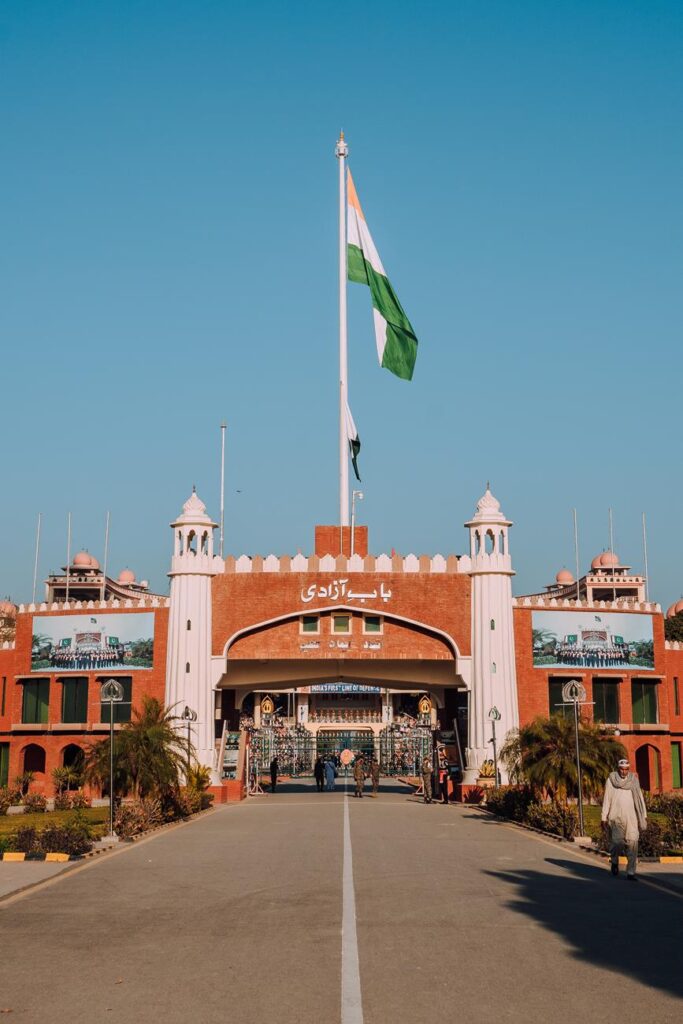
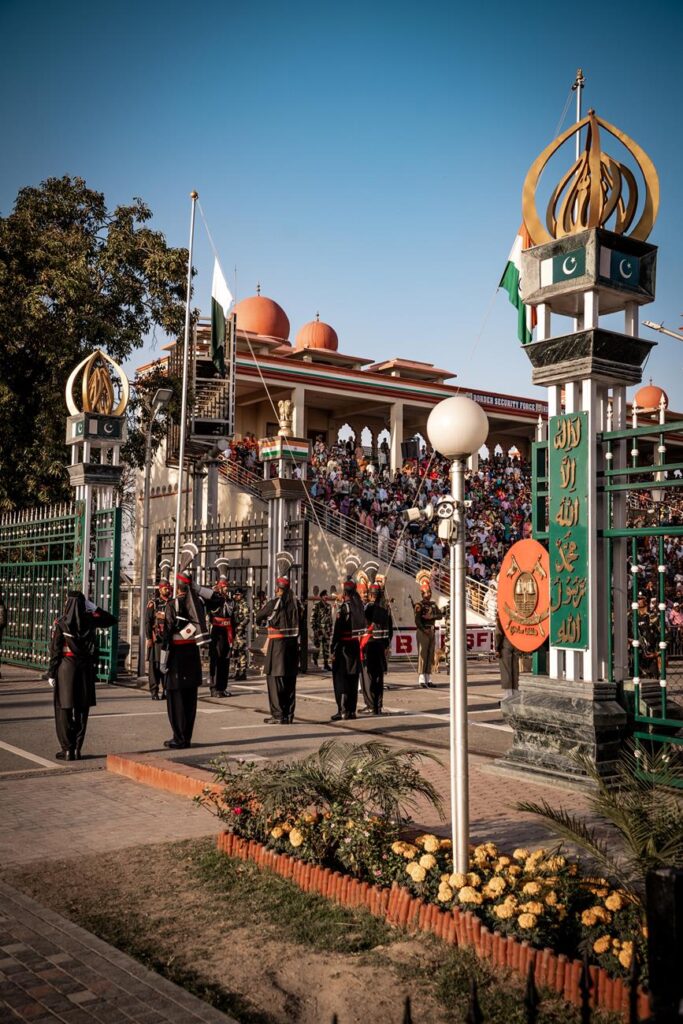
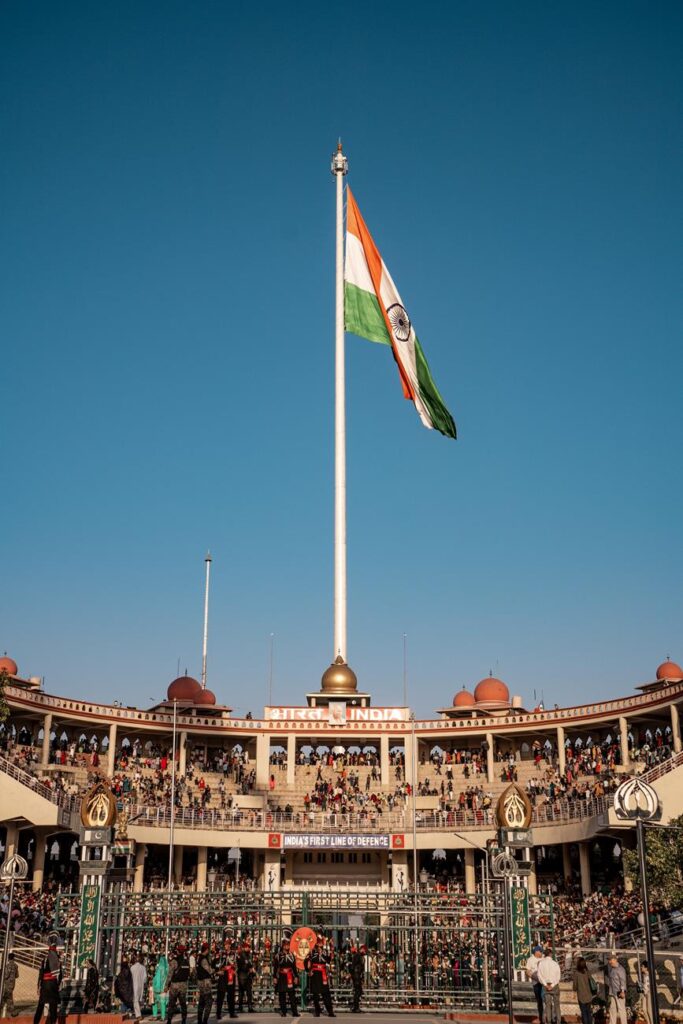
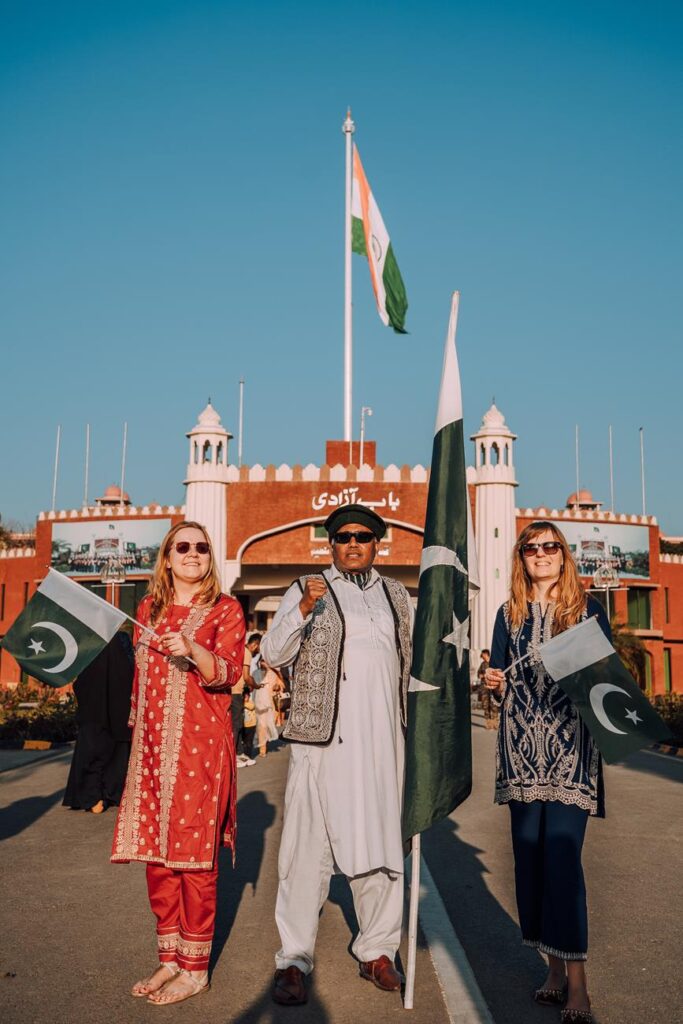
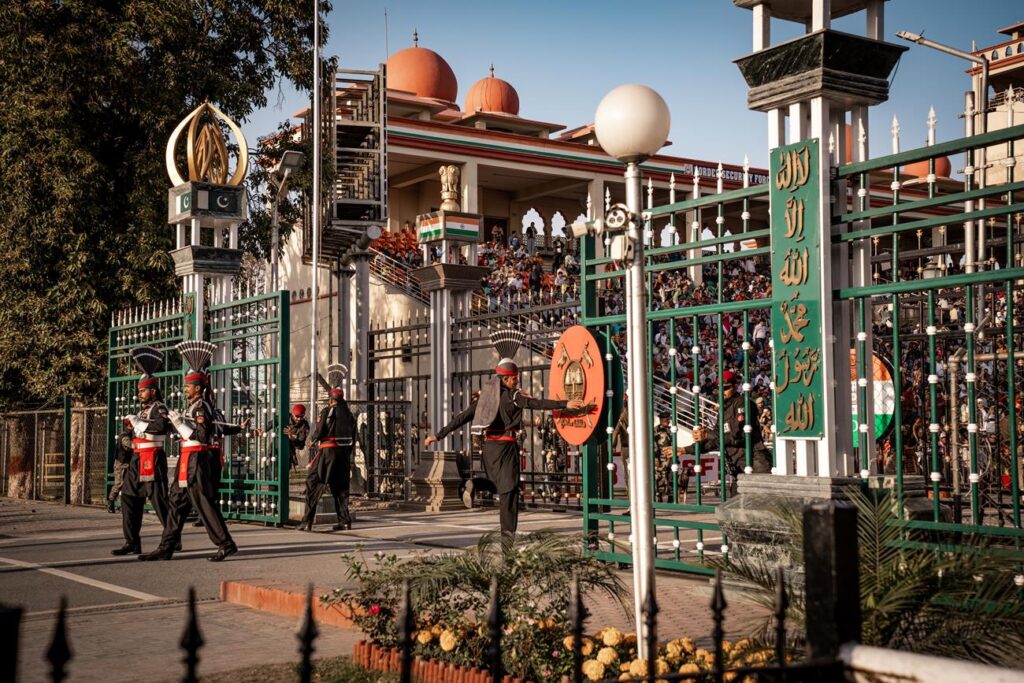
Partition of India and Pakistan
In 1947, the British left the Indian subcontinent, and India and Pakistan were partitioned. The boundary between them was determined by the British (the Radcliffe Line). However, initially, Pakistan was divided into East and West, on both sides of India. Simply put, present-day Bangladesh was part of East Pakistan, and after the partition, there were also conflicts and the deaths of millions of people.
The resettlements after the partition of India and Pakistan were truly difficult and bloody. Between 10 to 20 million people were relocated for religious reasons, during which at least hundreds of thousands, and according to some estimates up to two million people, died.
But that wasn’t the end, as in the same year, the first conflict occurred (the First Indo-Pakistani War, also known as the First Kashmir War). The reason? Two-thirds of Jammu and Kashmir went to India, and one-third to Pakistan, even though the majority of people in that area were Muslim. As a side note, Polish pilots took part in this war on the Pakistani side in 1949.
Although the UN called for a referendum allowing Kashmiris to decide their own future, the referendum was never implemented, and the dispute over its ownership was never resolved. Over the years, there have been many more conflicts, battles, and wars between Pakistan and India.
The history of this conflict spans decades, so I’ll return to the initial statement regarding the nuclear conflict: In 1998, India conducted test explosions of five nuclear devices, and Pakistan, seizing the opportunity, also conducted such a test in the Chagai mountains in Balochistan (six tests in total). Fortunately, this hasn’t been repeated since then, but this conflict and the nuclear arsenals of both countries are why this place is considered one of the most dangerous in the world.
I’d like to conclude all this with a quote from Romesh Dutta. This Indian writer wrote, “History knows of no case where one nation has ruled another to the benefit of the ruled.”
I think we Poles can say something about that, as I don’t think anyone misses the Soviet Union.
During the planning of your trip to Pakistan, mention my name or input the code EWELINA5 to receive a 5% discount at TUK TUK TOURS.